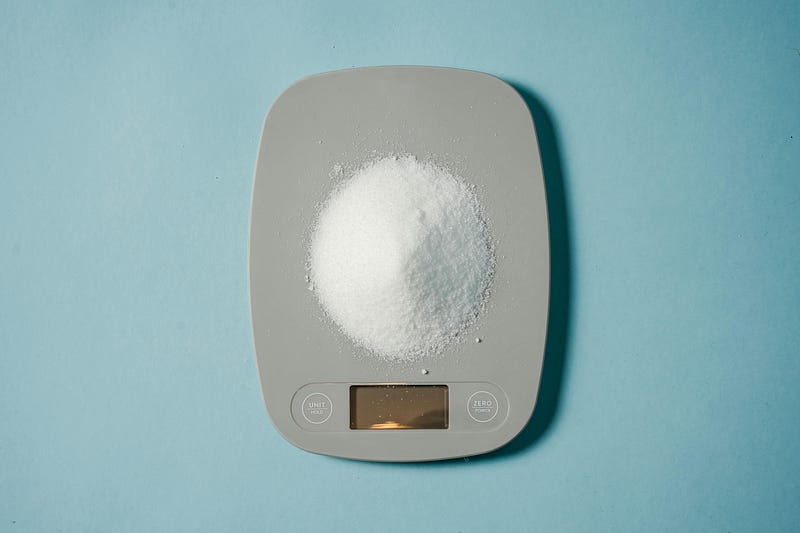How to Boost Metabolism: From 1,500 to 2,000 Calories/Day

Metabolism plays a significant role in determining the amount of calories your body burns every day. A faster metabolism not only aids in weight management but also supports overall health and vitality. If you’ve been battling to shed those stubborn pounds or simply want to increase your energy levels, understanding how to boost your metabolism is key. In this article, we’ll explore science-supported strategies to rev up your metabolism, leading to an increase from 1500 to 2,000 calories consumed per day.
Understanding Metabolism:
Metabolism refers to the complex biochemical processes that happen within the body to convert food into energy. It consists of two fundamental components:
Basal Metabolic Rate (BMR): This is the amount of calories your body needs to maintain basic physiological functions, like breathing, circulating blood, and regulating body temperature, while at rest.
Thermic Effect of Food (TEF): This refers to the energy consumption related with digesting, absorption, and processing of food. Certain food varieties, such as protein, require more energy to digest and metabolize, leading to a higher TEF.
In addition to BMR and TEF, physical activity, such as exercise and daily movement, also adds to overall calorie expenditure.
Click Here to Boost Metabolism Naturally without Breaking a Sweat
Strategies to Boost Metabolism:

Build Muscle with Strength Training:
Muscle tissue is metabolically active, meaning it burns more calories while at rest compared with fat tissue. Incorporating strength training workouts, such as weightlifting or bodyweight exercises, can help increase muscle mass and elevate your metabolism over time. Aim to include resistance training sessions 2–3 times per week, targeting all major muscle groups for ideal results.
Stay Active Throughout the Day:
In addition to structured exercise sessions, prioritize daily movement to keep your metabolism elevated. Take the stairs instead of the elevator, go on a stroll during your lunch break, or incorporate short bursts of activity over the course of the day, such as stretching or bodyweight exercises. Every little bit of movement adds up to calorie expenditure.
Fuel Your Body with Protein:
Protein-rich food sources have a higher thermic effect compared to carbohydrates and fats, meaning they require more energy to digest and metabolize. Including lean sources of protein, like chicken, fish, tofu, beans, and Greek yogurt, in your meals and snacks can assist with boosting your digestion and supporting muscle maintenance and repair.
Prioritize High-Intensity Interval Training (HIIT):
HIIT exercises involve short bursts of intense exercise followed by brief periods of rest or recovery. This kind of training burns more calories during workouts as well as increases post-exercise calorie expenditure, known as abundance excess post-exercise oxygen consumption (EPOC) or the “afterburn” effect. Include HIIT exercises into your routine 2–3 times each week to maximize calorie burn and metabolic rate.
Get Adequate Sleep:
Sleep plays a crucial role in regulating metabolism and hormone levels. Lack of sleep has been connected to diminished metabolism, increased appetite, and weight gain. Aim for 7–9 hours of quality sleep each night to support ideal metabolic function and overall wellbeing. Create a relaxing bedtime routine, establish a comfortable sleep environment, and limit exposure to electronic gadgets before bed to further improve sleep quality.
Remain Hydrated:
Drinking a sufficient amount of water is essential for maintaining optimal metabolism and overall health. Dehydration can slow down metabolic rate and weaken the body’s capacity to efficiently burn calories. Aim to drink at least 8–10 cups of water per day, and hydrate before, during, and after exercise to support hydration status and metabolic function.
Incorporate Spicy Food varieties:
Certain spices, for example, chili peppers, contain compounds like capsaicin, which have been shown to temporarily increase metabolism and calorie expenditure. Adding spicy foods to your meals can help rev up your metabolism and add flavor and variety to your eating regimen. Experiment with chili peppers, cayenne pepper, and other spicy ingredients to give your metabolism a boost.
Practice Mindful Eating:
Mindful eating involves paying attention to hunger and fullness cues, savoring each bite, and eating with intention and awareness. By slowing down and tuning into your body’s signals, you can prevent overeating, further improve digestion, and support metabolic health. Avoid distractions while eating, like television or screens, and savor the flavors and textures of your food to enhance the eating experience.
Conclusion:
Boosting metabolism isn’t just about consuming more calories — it’s tied in with optimizing your body’s natural processes to support overall wellbeing and vitality. By incorporating these science-supported strategies into your lifestyle, you can increase your metabolic rate and elevate calorie expenditure, leading to a higher daily calorie burn from 1,500 to 2,000 calories each day. Keep in mind, consistency is key, so prioritize habits that support metabolic health and make gradual changes over time for long-term success.
Control your Blood Sugar Levels and Loss Pounds Effortlessly — Click to Learn More…

Comments
Post a Comment